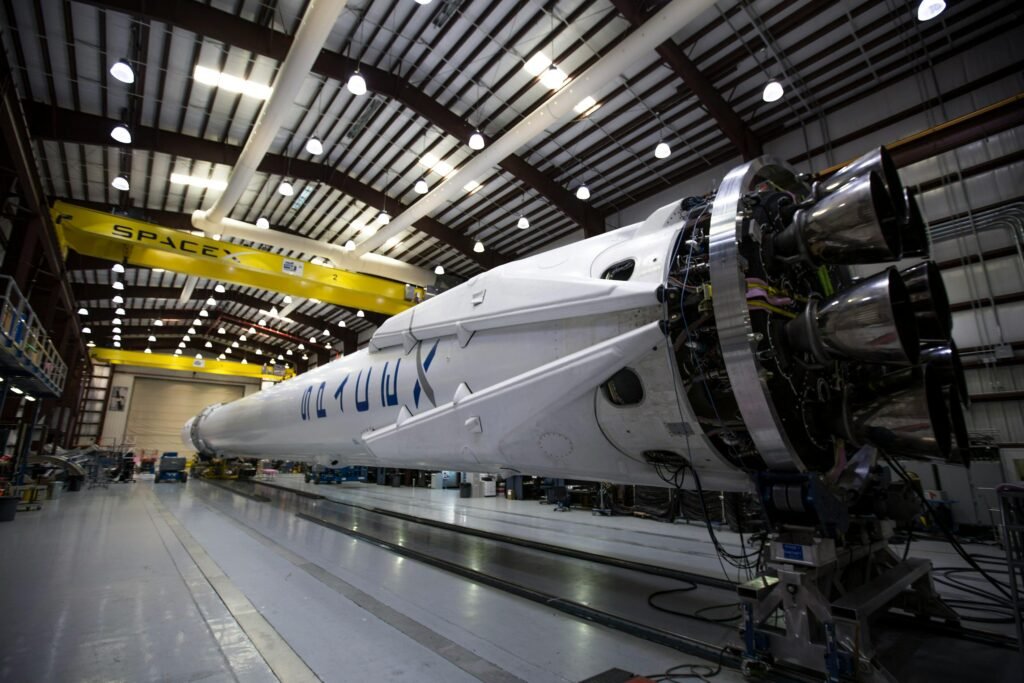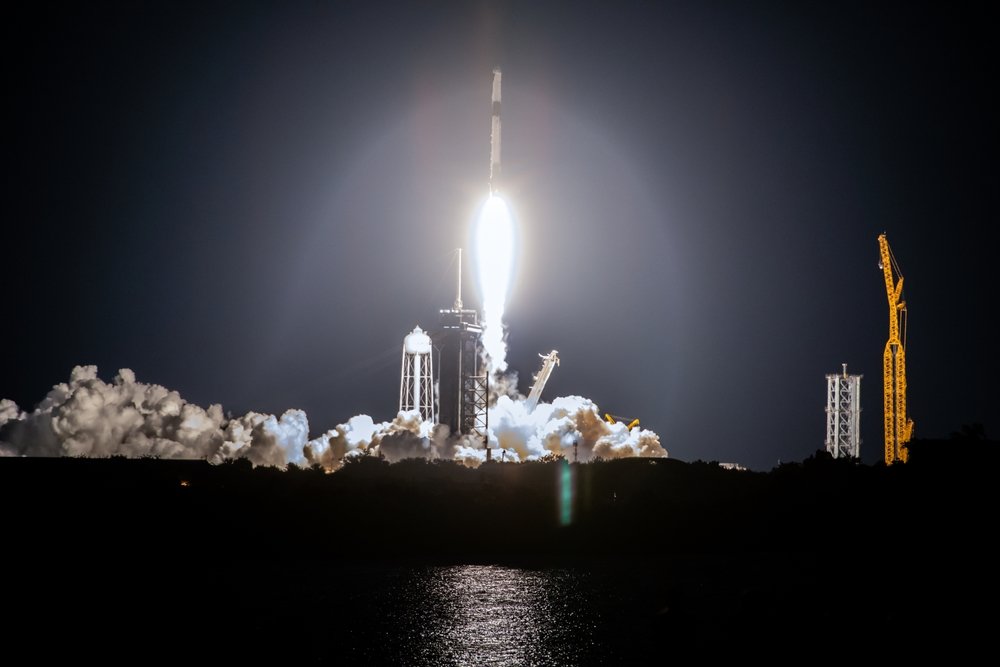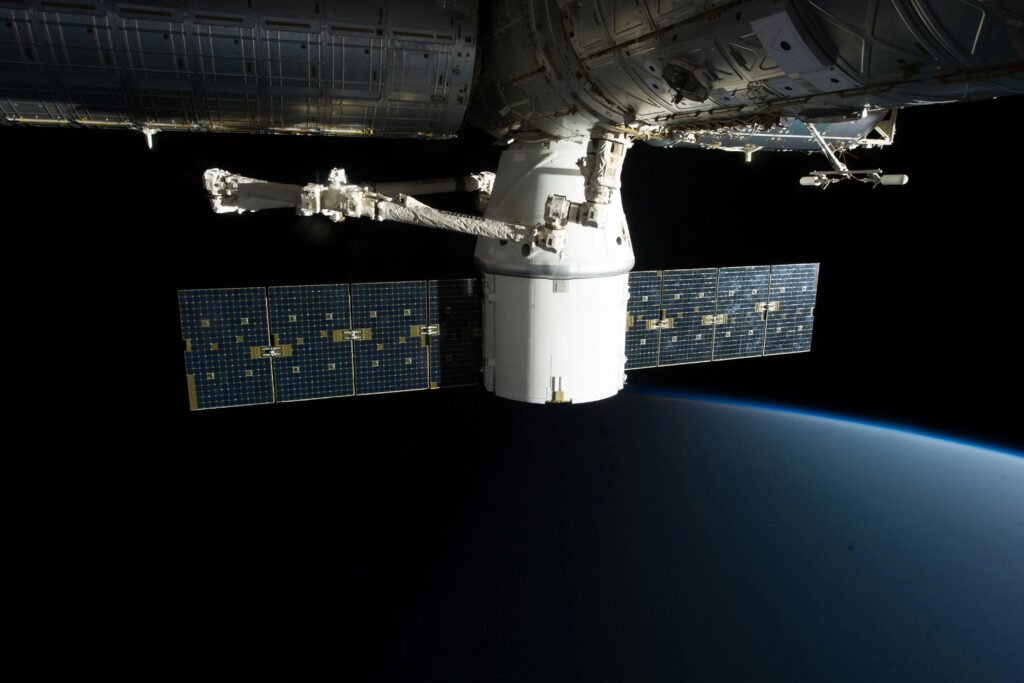Starship’s Reusability Changes Everything

When most people think about space travel, they imagine rockets exploding into the sky and falling into the ocean, never to be used again. That’s how it’s worked for decades until now. SpaceX’s Starship changes the game entirely by being designed for full reusability. It’s built to launch, land, and launch again, dramatically cutting the cost of spaceflight and making missions sustainable instead of disposable.
This isn’t just a clever engineering trick. It’s a philosophical shift. By making access to space more affordable and reliable, Starship makes it possible to imagine a future where sending people and supplies into orbit isn’t rare or special — it’s routine. This kind of scale is exactly what’s needed to move from space exploration to space habitation. Without reusable rockets, the dream of an interplanetary civilization is just that — a dream. With them, it starts to look like a logistics plan.
The Payload Capacity Is Built for Planetary Infrastructure
Starship isn’t just big, it’s enormous. With the ability to carry more than 100 metric tons into space, this vehicle is built to transport more than just astronauts or satellites. It’s built to carry the heavy machinery, habitats, food supplies, and even vehicles that future settlers on the Moon or Mars will need. That payload capacity is crucial if we’re serious about building anything permanent off Earth.
This kind of lift capability opens the door to missions that were once thought impossible. You could deliver a fully outfitted research lab to the surface of another planet. You could launch components for an orbiting fuel depot, or begin assembling pieces of a Martian colony — all in fewer trips. It’s not just about getting there. It’s about having enough resources when you arrive. Starship’s size means we’re not just visiting new worlds anymore. We’re preparing to stay.
Starship Is Already Changing How Nations Think About Space
Even though it hasn’t fully completed its first operational mission, Starship is already influencing global space strategies. Governments and agencies around the world are watching closely, knowing that if SpaceX succeeds, it will dramatically alter the balance of power in space exploration. Starship could outcompete national space programs in cost, speed, and flexibility.
That’s pushing other countries to rethink their approach — investing more in reusable technology, seeking partnerships with private companies, and reconsidering long-term goals like lunar bases and Mars exploration. In a way, Starship is acting as both rocket and catalyst, accelerating not just itself but the pace of innovation across the entire industry. Space is no longer just about prestige or science. It’s becoming a real geopolitical frontier, and Starship is helping redraw the map.
Starship Could Launch an Entire Economy into Space
Building an interplanetary civilization isn’t just a scientific challenge. It’s an economic one. You need commerce, labor, transportation, and energy systems that can sustain themselves across millions of miles. Starship may be the first space vehicle capable of supporting that kind of infrastructure by enabling regular, large-scale cargo and human delivery beyond Earth orbit.
With frequent launches and reusable design, Starship could power industries we’ve only begun to imagine — from asteroid mining and space-based manufacturing to orbital tourism and lunar construction. Each launch creates not just science, but opportunity. And just like railroads and cargo ships transformed economies on Earth, reusable rockets could create a whole new layer of human industry — one that operates in the vacuum of space, but supports life here and beyond. It’s not just a rocket. It’s the foundation of a supply chain for the stars.
It’s Creating a Culture of “Make Space Normal”
For decades, spaceflight was reserved for elite astronauts, billion-dollar missions, and one-shot journeys that made headlines. SpaceX and Starship are changing that narrative by focusing on repeatability, scalability, and accessibility. The goal isn’t just to send a few people to Mars. It’s to make space a regular part of human life, something we train for, budget for, and live with, just like air travel or global shipping.
That cultural shift is already starting to take root. Younger generations are growing up seeing rockets land on their tails and launch again. Engineers are thinking not just about missions, but about settlements. Entrepreneurs are imagining how to build in orbit. Starship is turning the extraordinary into the expected. And that expectation that space can be normal, not just exceptional is perhaps the most powerful ingredient in building a civilization that stretches beyond Earth.
It’s the First Rocket Designed for Mars and Back

Most rockets are one-way rides. They launch, deploy a satellite or probe, and that’s the end of their journey. But Starship is different. It’s being designed not just to land on Mars, but to lift off from it too — and return. That’s a crucial detail when it comes to building an interplanetary future. Visiting Mars is a milestone. Coming back from it makes it sustainable.
This design concept turns Starship into more than a vehicle. It becomes a bridge. With the ability to refuel in orbit and on the Martian surface using local resources, it could support a round-trip system that brings humans, samples, and even Martian-grown crops back to Earth. That two-way thinking is a massive leap forward. It signals that we’re no longer content with flybys or flags planted in red soil. The long-term vision is about presence, permanence, and people who aren’t just visiting another planet — they’re living there.
Orbital Refueling Unlocks Deep Space Like Never Before
One of the key features that sets Starship apart from every rocket before it is its plan for orbital refueling. This means multiple Starships can meet in low Earth orbit, with one acting as a tanker and refueling another mid-flight. The result? The second ship now has enough fuel to reach the Moon, Mars, or even deeper destinations without the weight limitations of traditional launches.
That single innovation drastically expands how far and how often we can travel in space. It turns Earth orbit into a kind of pit stop, opening the path to deep space as if it were just another leg of the journey. The concept also changes how missions are structured — from launching a single spacecraft with everything onboard, to staging and assembling fleets in space. It’s a modular, flexible approach that mirrors how we build on Earth. And it’s one of the clearest signs that we’re thinking of space not as a destination, but as a network.
Starship Missions Could Inspire Global Unity
As ambitious as it sounds, space travel has always had a unique ability to bring people together. Watching a rocket launch, seeing astronauts float in zero gravity, or peering at Earth from space — these are shared human experiences, not just technological ones. Starship, with its high visibility and bold mission to carry people to the Moon and Mars, could reignite that global spark.
With every test flight and milestone, people around the world tune in. Children get curious. Artists get inspired. Educators bring space into the classroom. The ripple effect is cultural as much as it is scientific. And the idea of humans becoming a multi-planetary species isn’t just a SpaceX goal — it’s a narrative that belongs to all of us. Starship’s journey could become the thread that ties countries, generations, and dreams together — reminding us what’s possible when we look beyond ourselves.
It’s Forcing Us to Rethink Earth from Space
Ironically, the push toward an interplanetary civilization is making us think harder about the planet we already call home. As Starship reaches for Mars, it raises questions about sustainability, climate, and the fragility of Earth’s systems. Why seek new planets? What are we leaving behind? Can we apply what we learn from space exploration to protect what we have?
These are not just background thoughts. They are becoming part of the conversation around every launch. Technologies designed for off-world living — closed-loop recycling, renewable energy, precision agriculture — are starting to find relevance back on Earth. The drive to survive on Mars could teach us how to thrive more responsibly on Earth. And that feedback loop between space and sustainability might be one of the most valuable outcomes of all.
The First Steps Are Quiet Until They’re History

Right now, Starship is still in its testing phase. Rockets explode, timelines shift, and many people are skeptical. But that’s often how world-changing stories begin. They don’t start with a bang. They start with repeated effort, trial after trial, until suddenly what seemed impossible becomes routine. Starship may look like a prototype today, but in a few short years, it could be the vessel that changes where and how humanity lives forever.
The truth is, history rarely announces itself in real time. We only recognize the turning points in hindsight — when the images of a silver rocket lifting off become as iconic as footprints on the Moon. SpaceX is laying bricks quietly, but the road being paved leads to something far more dramatic. An interplanetary civilization doesn’t arrive all at once. It’s built launch by launch, mission by mission — and Starship is already making the future feel a little closer.
